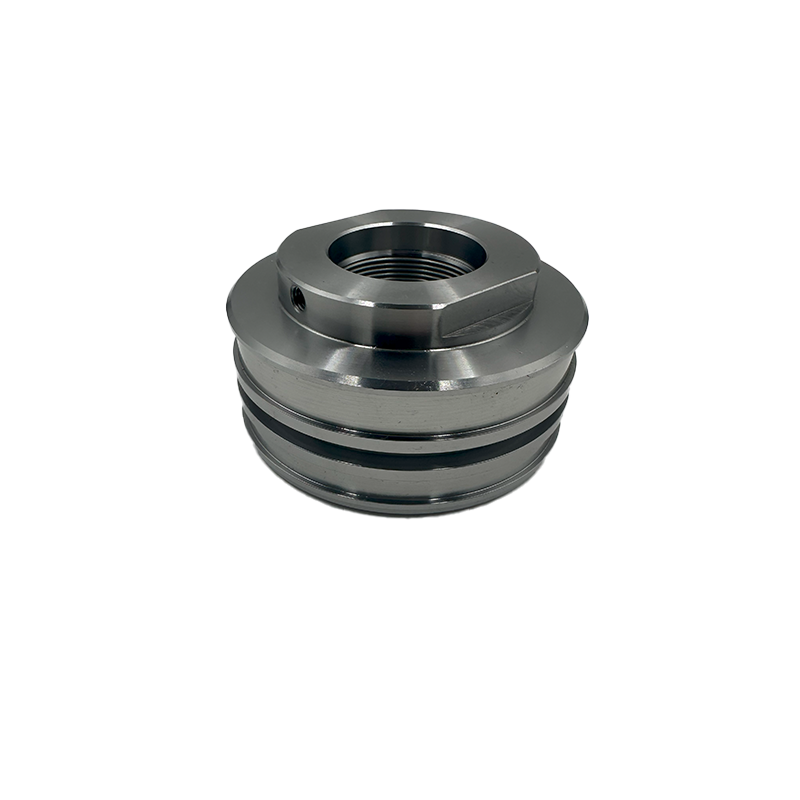Hydraulic systems are widely used in Industrial Equipment, construction machinery, and agricultural applications for their efficiency and power transmission capabilities. However, vibration and noise pose common challenges that can affect performance, reduce service life, and even cause system failure. Understanding the types of vibration and noise in hydraulic systems and implementing appropriate solutions is essential for maintaining equipment reliability and efficiency.
1. Common Types of Vibration Noise in Hydraulic Systems
Hydraulic noise and vibration often stem from mechanical, hydraulic, or structural sources. Below are the main types:
1.1 Pressure Pulsation Noise
Caused by periodic fluctuations in pump output flow and pressure.
This is typical in gear, vane, or piston pumps with uneven flow delivery.
Produces a pulsating or “hammering” sound through the hydraulic lines.
1.2 Flow-Induced Vibration
Occurs when high-speed oil flow passes through valves, elbows, or narrow passages.
Generates turbulence, resulting in vibration and noise in pipelines.
Common in systems with high flow rates or poorly designed return lines.
1.3 Mechanical Vibration
Originates from moving components such as pump shafts, couplings, and motor bearings.
Unbalanced rotation or misalignment amplifies vibration through the entire system.
1.4 Cavitation Noise
Happens when local pressure drops below the fluid’s vapor pressure, creating and collapsing vapor bubbles.
Produces a sharp, crackling noise and can damage pump surfaces over time.
1.5 Resonance Vibration
Occurs when the vibration frequency of Hydraulic Components matches the natural frequency of the machine structure.
Causes significant noise and can lead to fatigue failure if unresolved.

2. Effective Solutions to Reduce Hydraulic Vibration and Noise
To control vibration and noise, engineers must consider both source control and transmission reduction strategies.
2.1 Optimize Pump and Motor Design
Select low-noise pumps (e.g., axial piston pumps with better flow uniformity).
Ensure proper pump alignment and balancing.
Use vibration dampers or rubber mounts to isolate the pump from the base.
2.2 Improve Pipeline Layout
Shorten and straighten pipelines to minimize flow turbulence.
Use flexible hoses or anti-vibration clamps to absorb energy.
Avoid sharp bends and sudden changes in pipe diameter.
2.3 Control Cavitation
Ensure proper oil level and avoid air ingress in the system.
Use hydraulic fluids with appropriate viscosity.
Design suction lines with low resistance and install filters correctly.
2.4 Install Accumulators or Pulsation Dampers
Absorb pressure surges and stabilize system flow.
Reduce pressure pulsation-induced noise effectively.
2.5 Structural Reinforcement
Add damping materials to mounting frames or panels.
Adjust component layout to avoid resonance frequency coupling.
3. Best Practices for Maintenance and Monitoring
Regularly inspect pumps, valves, and hoses for wear or looseness.
Replace filters and fluids on schedule to prevent cavitation.
Use vibration analysis tools to detect early warning signs.
Maintain proper temperature control to ensure stable fluid properties.
Conclusion
Vibration and noise are inevitable in hydraulic systems, but with proper design, installation, and maintenance, they can be effectively minimized. By identifying the type of vibration noise and applying the right solutions, manufacturers can improve machine performance, extend equipment life, and enhance operator comfort — all critical for competitive B2B industries.
FAQs
- What causes vibration in hydraulic systems?Vibration can result from pressure pulsation, unbalanced mechanical rotation, flow turbulence, or cavitation inside pumps and valves.
- How can I reduce noise in hydraulic equipment?Use low-noise pumps, flexible hoses, accumulators, and vibration dampers while optimizing the pipeline design.
- What happens if vibration is not controlled?Uncontrolled vibration can accelerate component wear, loosen fittings, cause leaks, and lead to premature system failure.
- How often should hydraulic systems be inspected for vibration?Routine inspection every 3–6 months is recommended, depending on operation frequency and system load.
Media Contact
Company Name: Qingdao Micro Precision Machinery Co., Ltd.
Email: Send Email
Phone: +86-15589891818
Address:No. 438, Wangsha Road, Chengyang District
City: Qingdao
Country: China
Website: https://www.mpmmachine.com/
